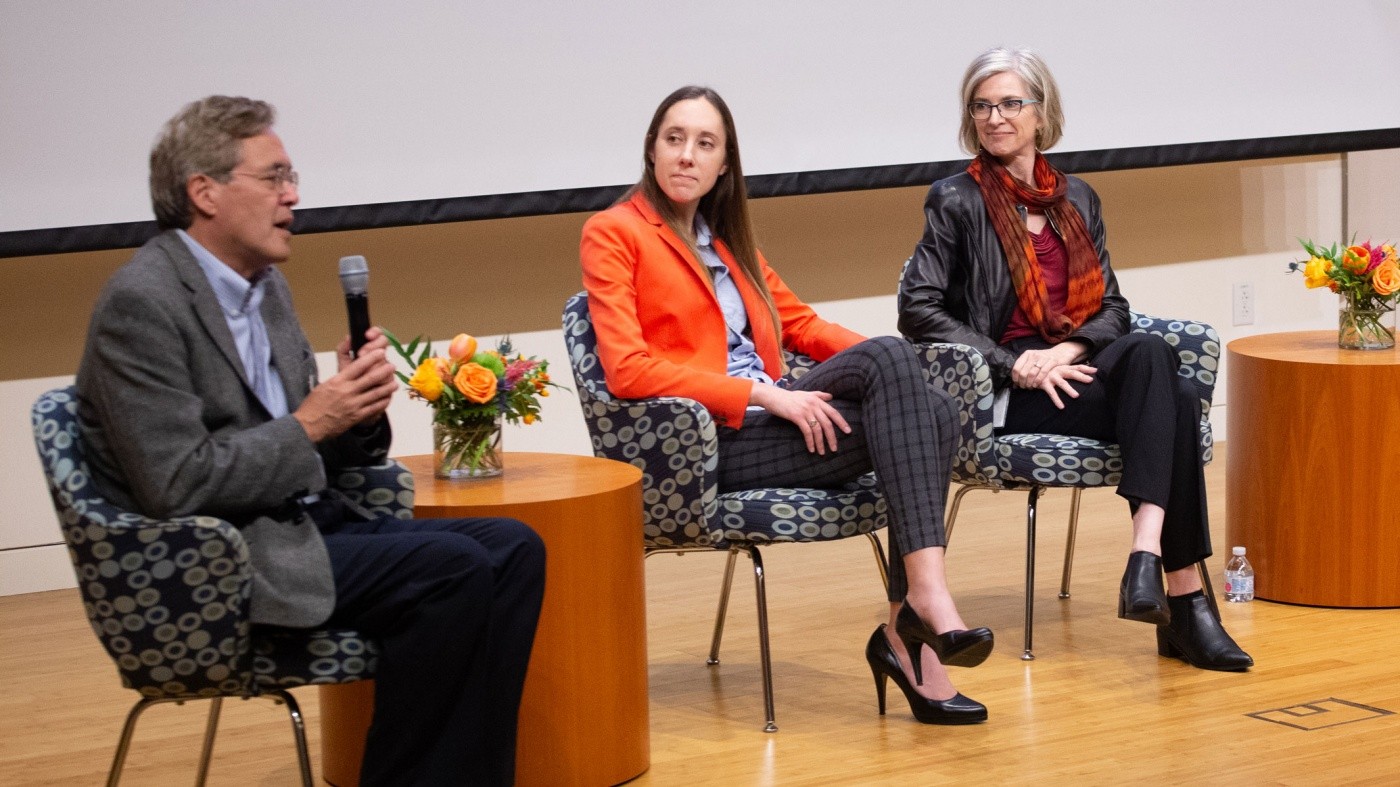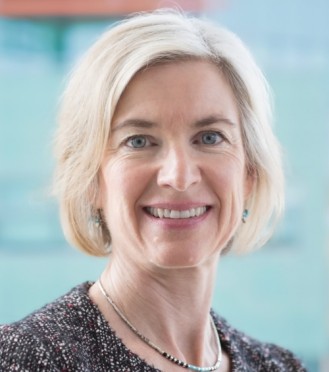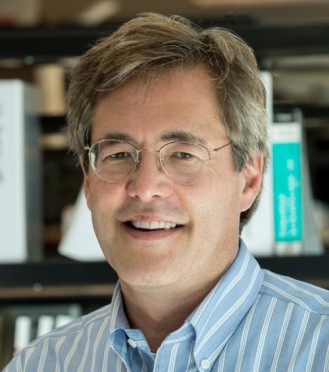Gladstone NOW: The Campaign Join Us on the Journey✕

Bruce Conklin (left) and Jennifer Doudna (right), along with Caribou Biosciences CEO Rachel Haurwitz (center), speaking about genome editing at a recent symposium on CRISPR at Gladstone.
The Associated Press recently reported that a researcher claims to have used the genome editing technique CRISPR-Cas9 to modify genes in two human embryos, which led to the birth of the first genetically edited babies. This work—although it has not been supported by data or a scientific publication—has caused serious concern for many researchers.
One reason is that, if accurate, it would go against an agreement reached by the scientific community in 2015 to pause such germline editing (making changes to genes that can be inherited by children).
“Patient safety is the primary concern, and it is difficult to imagine how this work could have been done safely at this time,” said Bruce Conklin, MD, genome editing expert and senior investigator at Gladstone Institutes. “It is unfortunate that the researcher seems to have proceeded when the international consensus is that experiments like this are premature.”
“Genome editing holds real promise to many patients with genetic disorders, and research into this therapeutic editing should proceed with ethical oversight.”
Jennifer Doudna, PhD, the co-inventor of CRISPR-Cas9 technology and Gladstone senior investigator, made similar remarks in a statement published by UC Berkeley, where she is a professor of chemistry and molecular and cell biology.
“It is imperative that the scientists responsible for this work fully explain their break from the global consensus that application of CRISPR-Cas9 for human germline editing should not proceed at the present time,” Doudna stated. “It is essential that this news not detract from the many important clinical efforts to use CRISPR technology to treat and cure disease in adults and in children.”
Germline editing is very different from somatic genome editing, where changes made to the genes cannot be transmitted to the next generation. The latter could offer new avenues to help patients suffering from incurable genetic conditions.
“It is particularly troubling if the recent claims distract attention from the completely valid somatic genome editing,” added Conklin, who is also a professor at UC San Francisco. “Genome editing holds real promise to many patients with genetic disorders, and research into this therapeutic editing should proceed with ethical oversight.”
As reported by WIRED magazine, Gladstone scientists are using CRISPR technology to develop a new approach coined genome surgery. This method “will use CRISPR’s molecular scissor function to remove or replace faulty genes—curing diseases at their genetic source code,” explains the article.
With recent funding from the National Institutes of Health, Conklin is also collaborating with Gladstone Senior Investigator Todd McDevitt, PhD, to study possible adverse effects of somatic cell genome editing before potential treatments are tested in human clinical trials.
Read More
- CRISPR Co-Inventor Responds to Claim of First Genetically Edited Babies, UC Berkeley
- What’s So Controversial About the First Gene-Edited Babies? Experts Explain, UCSF
- Inside the Lab Training Genome Surgeons to Fight Disease, WIRED
- $3.6 Million to Study Adverse Effects of Genome Editing, Gladstone Institutes
- Jennifer Doudna Opens Laboratory at the Gladstone Institutes, Gladstone Institutes
Support Discovery Science
Your gift to Gladstone will allow our researchers to pursue high-quality science, focus on disease, and train the next generation of scientific thought leaders.
Science in Seconds | Researchers Pinpoint Key Gene Behind Heart Defects in Down Syndrome
Science in Seconds | Researchers Pinpoint Key Gene Behind Heart Defects in Down Syndrome
In this video, Gladstone scientists share how they used stem cells, gene editing, and AI to identify a gene driving heart defects in Down syndrome—and how reducing its levels in mice restored normal heart development, offering hope for future treatments
Gladstone Experts Cardiovascular Disease Data Science and Biotechnology Pollard Lab Srivastava Lab AI Big Data CRISPR/Gene Editing Human Genetics Stem Cells/iPSCsScience in Seconds | The Thinking Microscope: Research Powered by an AI Brain
Science in Seconds | The Thinking Microscope: Research Powered by an AI Brain
In this video, Steve Finkbeiner and Jeremy Linsley showcase Gladstone’s groundbreaking “thinking microscope”—an AI-powered system that can design, conduct, and analyze experiments autonomously to uncover new insights into diseases like Alzheimer’s, Parkinson’s, and ALS.
Gladstone Experts ALS Alzheimer’s Disease Parkinson’s Disease Neurological Disease Finkbeiner Lab AI Big DataVisualizing Stem Cell Technology: An Animated Explainer
Visualizing Stem Cell Technology: An Animated Explainer
In this animated short, Deepak Srivastava explains how scientists can reprogram ordinary skin or blood cells back in time—turning them into induced pluripotent stem cells which are capable of becoming any cell type in the body.
Gladstone Experts Stem Cells/iPSCs





